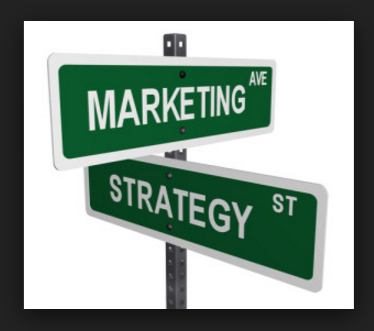Tag: customer experience balance

19 Top Marketing Initiatives that Yield the Best Persuasion
It is simple. Marketing is a form of communicating with people to sell them a product or service. However, it’s often a complicated dance of finding new and exciting ways to persuade them. The top marketing initiatives will yield the best persuasion. Not everyone appreciates your efforts to be a remarkable marketer. In fact, most people…